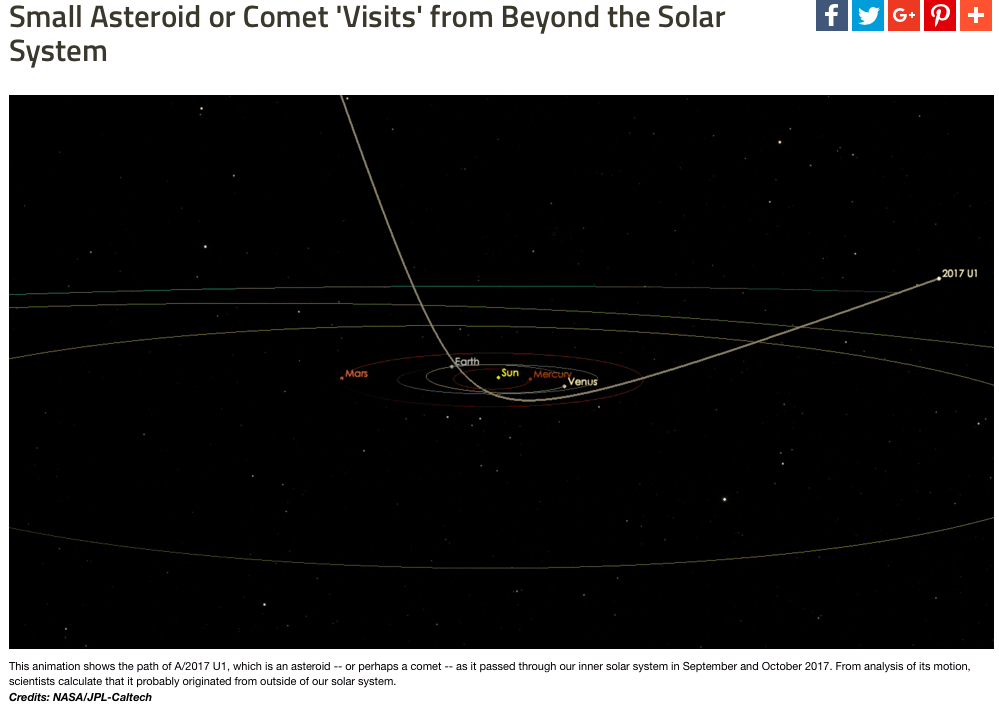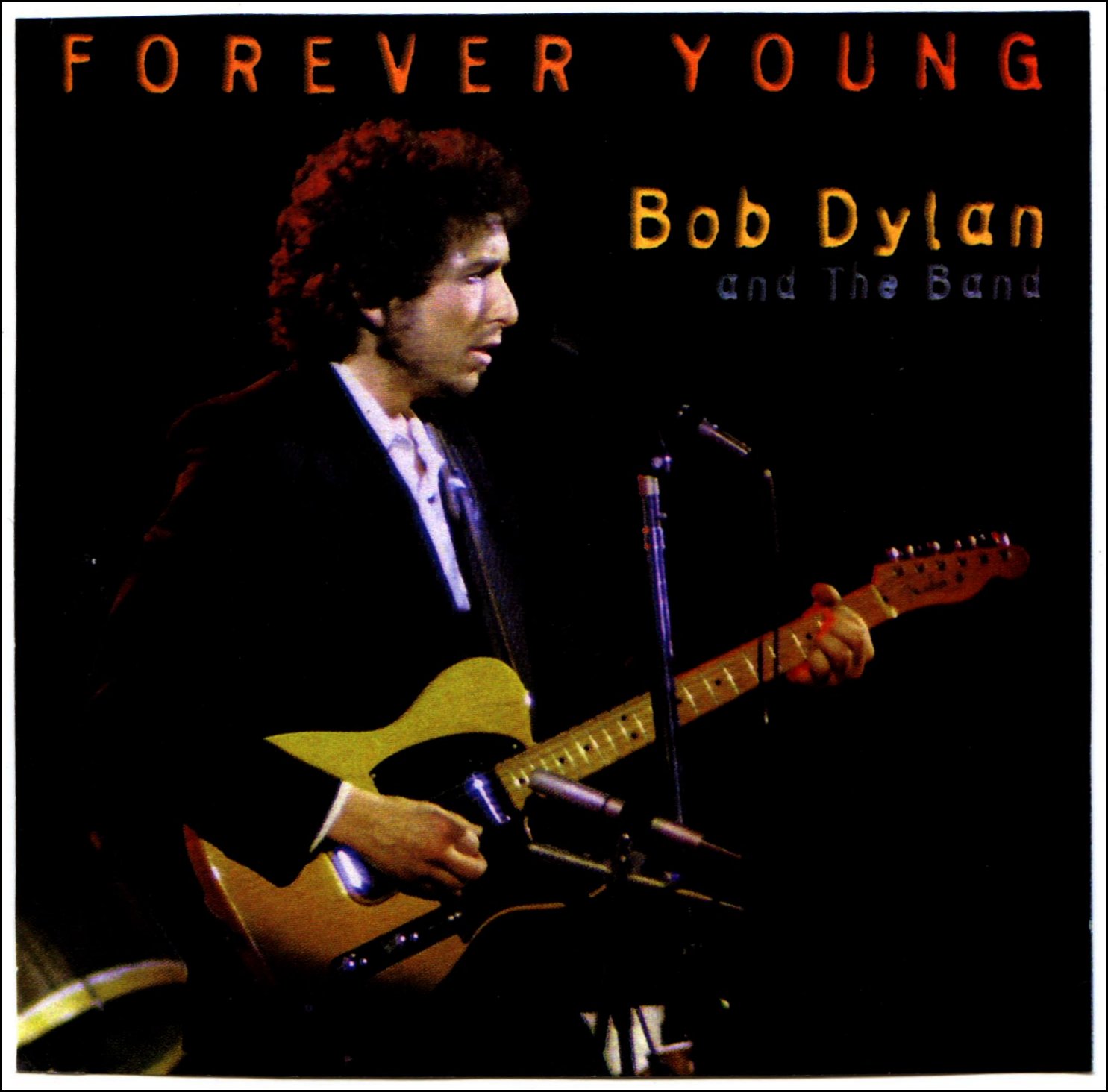Today I thought I would blog about another of my favourite Meic Stevens songs, “Dic Penderyn”. This song appears on his 1972 album Gwymon, and also on his compilation album Disgwyl Rhywbeth Gwell i Ddod.
The subject matter of this song is the Welsh labourer and coal miner Richard Lewis (1807-1831). He has become better known as Dic Penderyn, and he has gone down in Welsh history as being one of the heroes of the Merthyr Rising on 3 June 1831. This was a day of violence which capped many years of unrest amongst the working class people of Merthyr Tydfil in South Wales, after their wages had been cut and the unemployment rate had risen.
Dic Penderyn was charged with stabbing a soldier with a bayonet during the riot. Despite the people of Merthyr Tydfil doubting his guilt (they even signed a petition for his release), he was found guilty and hanged on 13 August 1831 outside Cardiff Castle.
Here is the YouTube video of Meic Stevens’ song about Dic Penderyn.
Here are the lyrics to this song.
Dic Penderyn, wyt ti’n foi
Ble est ti’n yfed was?
Lawr yn Merthyr oeddwn ddoe
O saith tan hanner nos.
Pwy sy’n gweithio yn y pwll?
Pwy sy’n yfed medd?
Mae’r Cymry’n bwyta bara sych,
Mae’n dywyll fel y bedd.
Dic Penderyn, redwch nawrMae’r milwyr ar dy ôl.
Cotiau coch a’u gynniau gwyllt
Saethu bobol ffôl.
Saethu bobol ffôl.
Pwy sy’n gweithio yn y pwll?
A pwy sy’n yfed medd?
Mae’r Cymry’n bwyta bara sych,
Mae’n dywyll fel y bedd.
Dic Penderyn, cuddiwch nawrMae plismyn yn ein stryd.
Dewch mâs yn gloi trwy drws y cefn
Rhowch ‘ goesau di yn rhydd
Ie, tra bo’ch goesau di yn rhydd.
Pwy sy’n gweithio yn y pwll?
Pwy sy’n yfed medd?
Mae’r Cymry’n bwyta bara sych,
Mae’n dywyll fel y bedd.
O, mae’n dywyll fel y bedd.
Dic Penderyn, o rhy hwyrMae e’n hedfan dros y bryn.
Ar llawr y carchar mae o nawr
A’r ddial rownd pob glun.
O, a’r haearn rownd pob glun.
Pwy sy’n gweithio yn y pwll?
Pwy sy’n yfed medd?
Mae’r Cymry’n bwyta bara sych,
Mae’n dywyll fel y bedd.
O, mae’n dywyll fel y bedd.
Dic Penderyn, Cymro glânLlofruddwr nawr wyt ti.
Wrth borth y castell yng Nghaerdydd
Rhaff y Sais gei di.
Ie, rhaff y Sais gei di.
Pwy sy’n gweithio yn y pwll?
Pwy sy’n yfed medd?
Mae’r Cymry’n bwyta bara sych,
Mae’n dywyll fel y bedd.
O, mae’n dywyll fel y bedd.
Ie, mae’n dywyll fel y bedd.
As usual, my translation is as accurate to the Welsh lyrics as I can make it, without any attempt to retain a rhythm or rhyme in the English words.
Dic Penderyn, you are a boy
Where did you go drinking son?
I was down in Merthyr yesterday
From seven until midnight.
Who works in the mine?
Who drinks mead?
The Welsh people eat dry bread,
It’s as dark as a grave.
Dic Penderyn, run nowThe soldiers are after you.
Red coats and wild rifles
Shooting crazy people.
Shooting crazy people.
Who works in the mine?
Who drinks mead?
The Welsh people eat dry bread,
It’s as dark as a grave.
Dic Penderyn, hide nowThe policemen are in our street.
Come out quickly through the back door
Let your legs be free
Yes, whilst your legs are free.
Who works in the mine?
Who drinks mead?
The Welsh people eat dry bread,
It’s as dark as a grave.
Oh, it’s as dark as a grave.
Dic Penderyn, oh it’s too lateHe is flying over the hill.
On the floor of the jail he is now
With revenge around each hip.
Oh, with the iron around each hip.
Who works in the mine?
Who drinks mead?
The Welsh people eat dry bread,
It’s as dark as a grave.
Oh, it’s as dark as a grave.
Dic Penderyn, pure WelshmanYou are now a murderer.
At the gates of Cardiff Castle
You’ll get the Englishman’s rope.
Yes, you’ll get the Englishman’s rope.
Who works in the mine?
Who drinks mead?
The Welsh people eat dry bread,
It’s as dark as a grave.
Oh, it’s as dark as a grave.
Yes, it’s as dark as a grave.




















